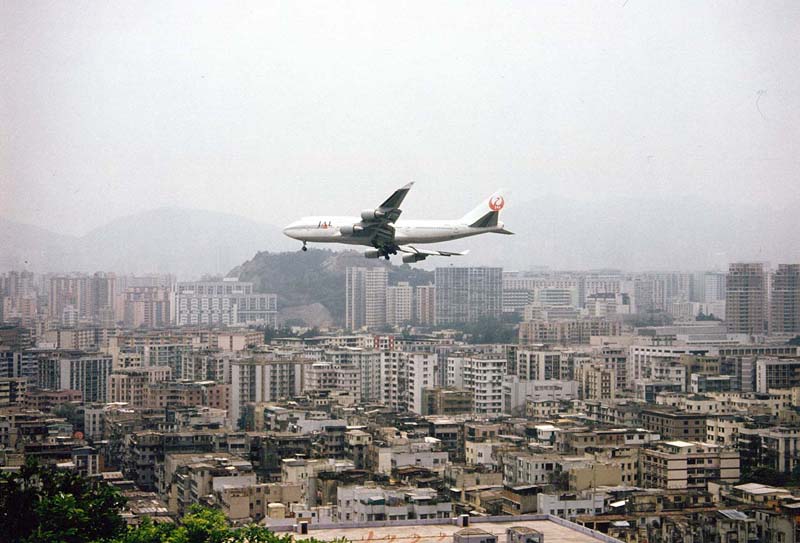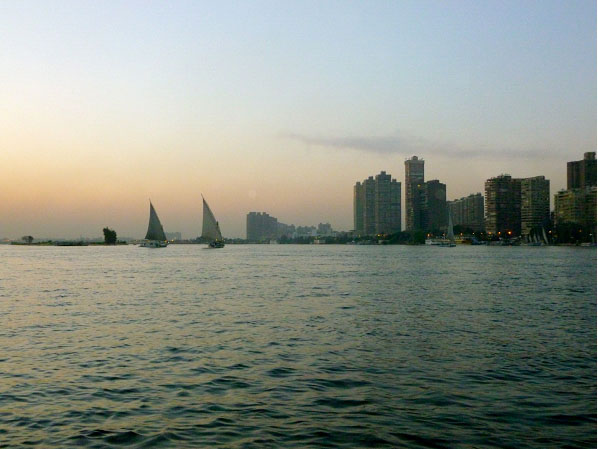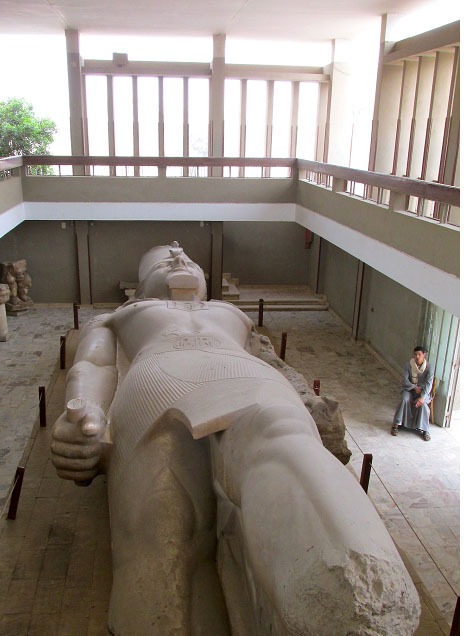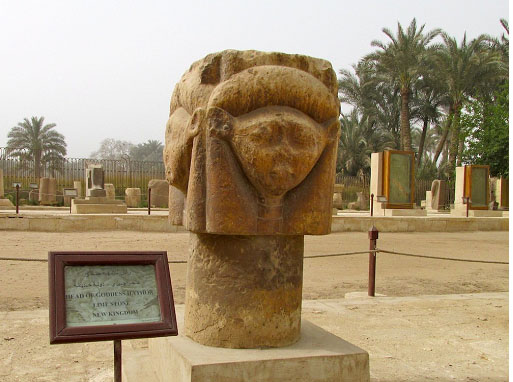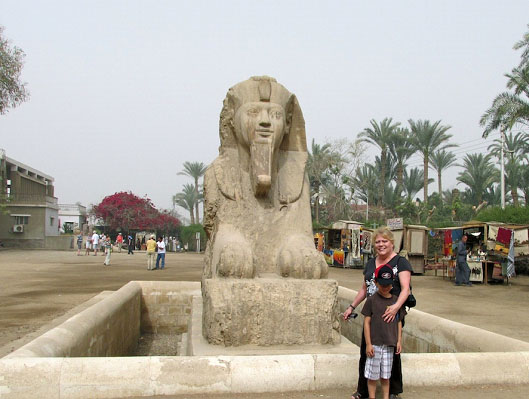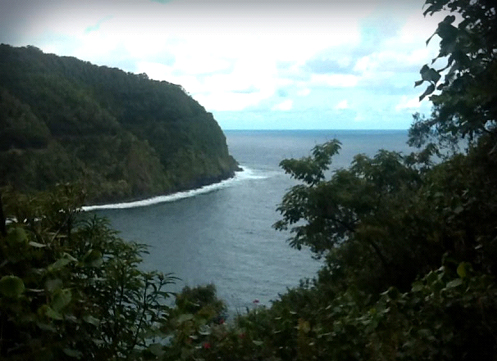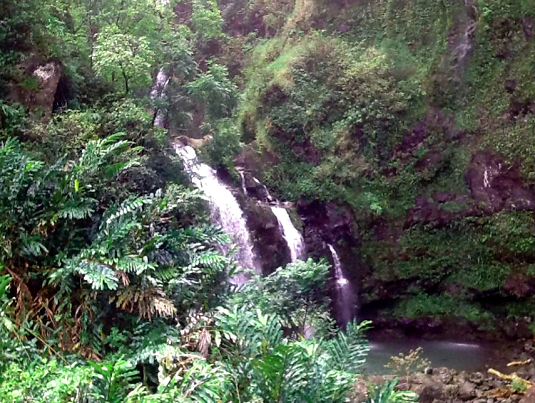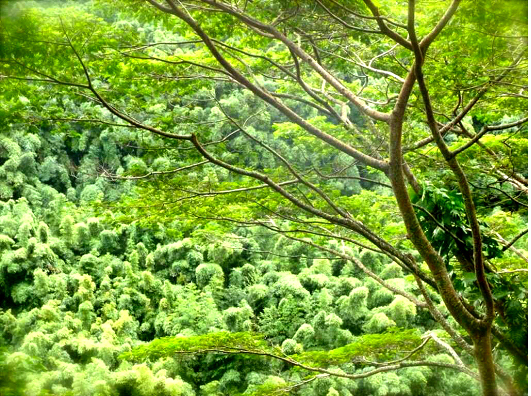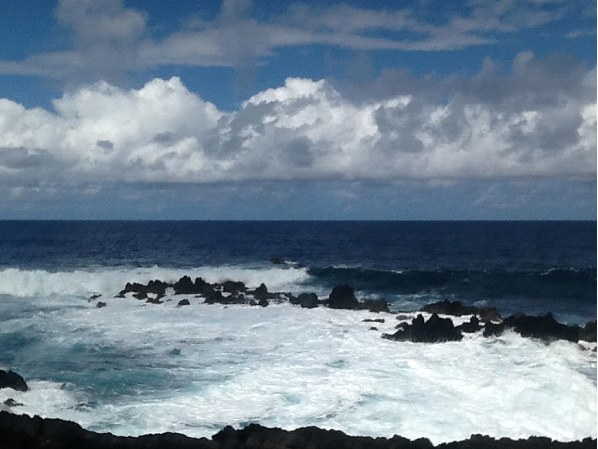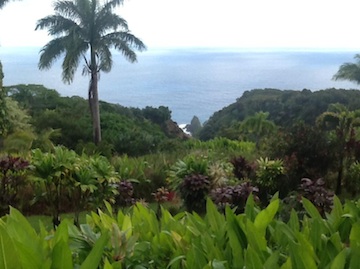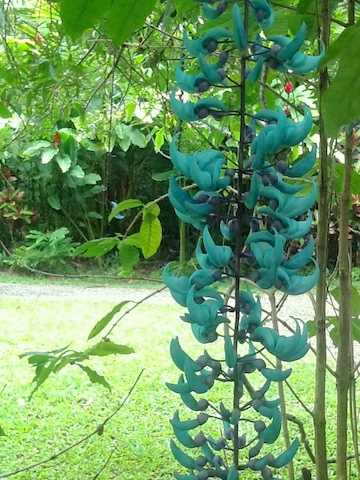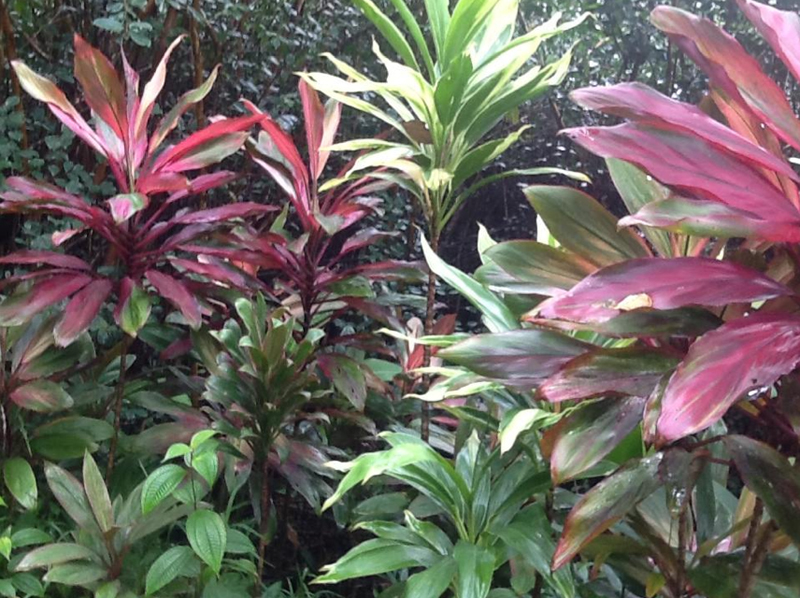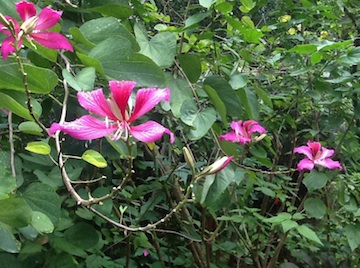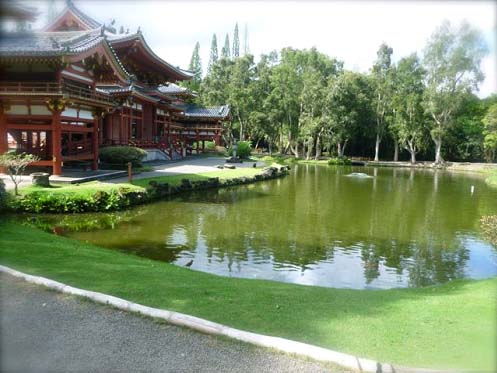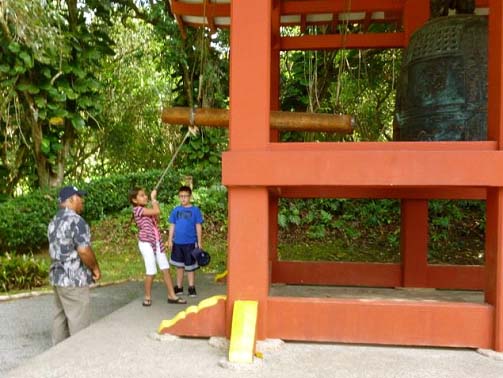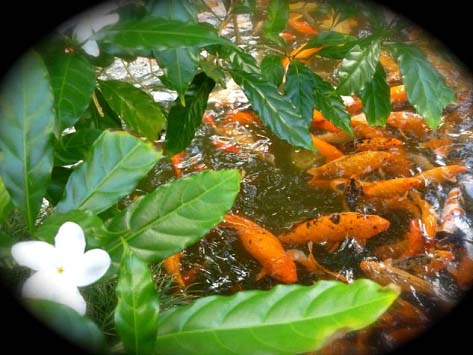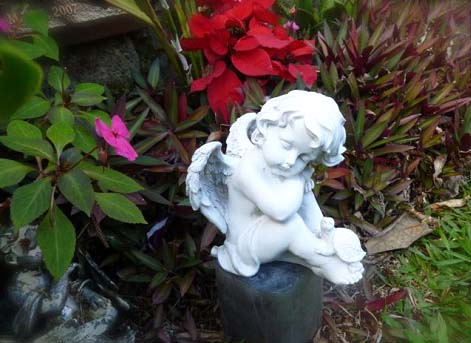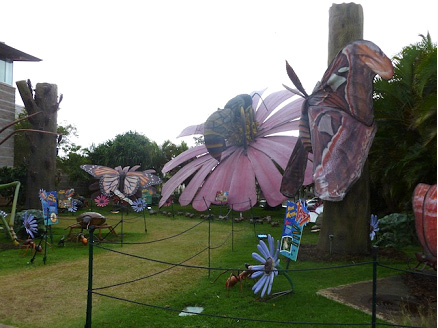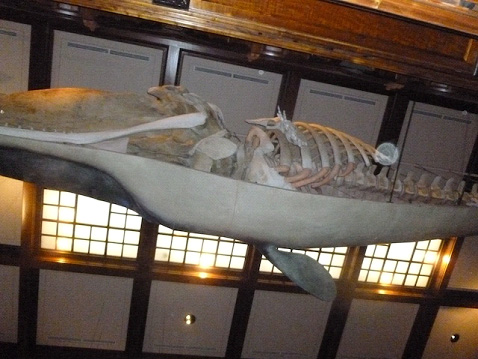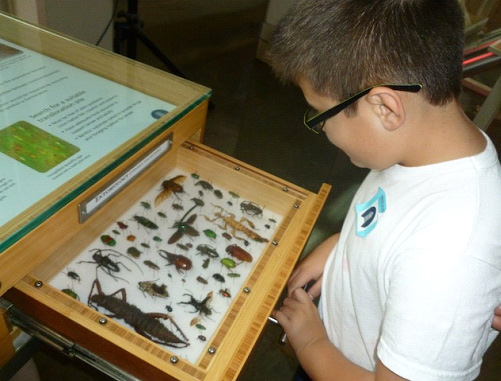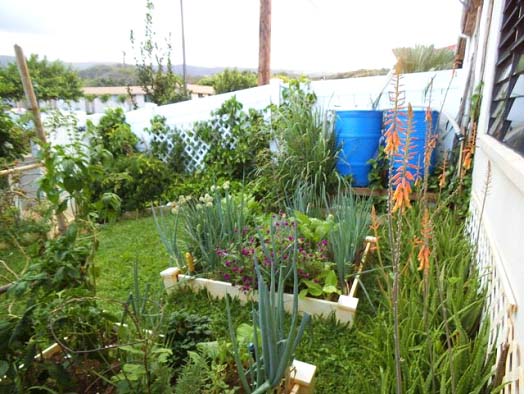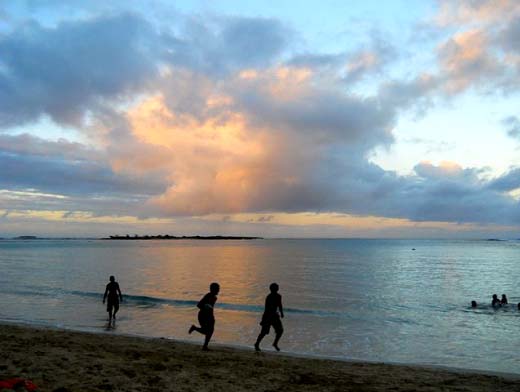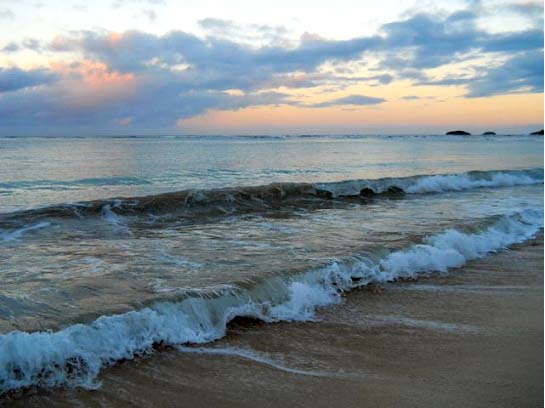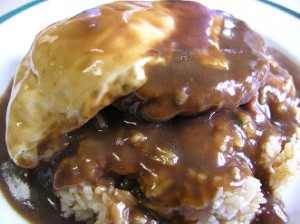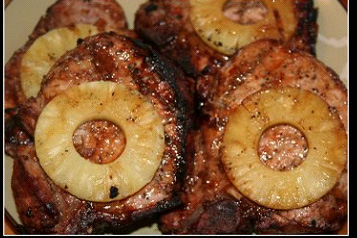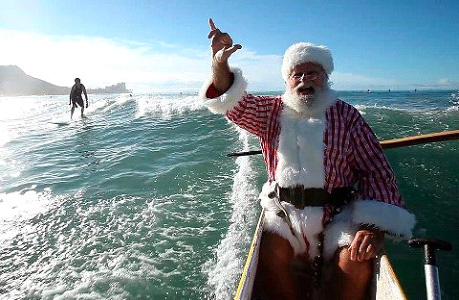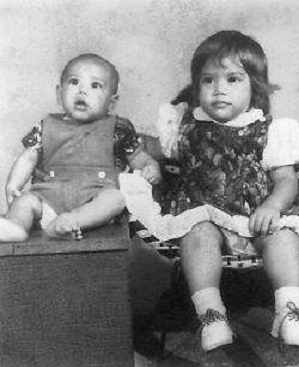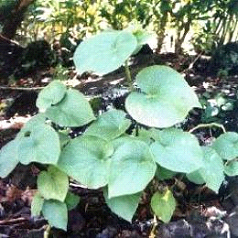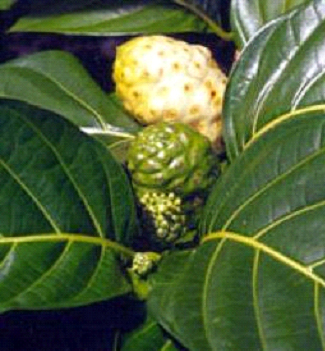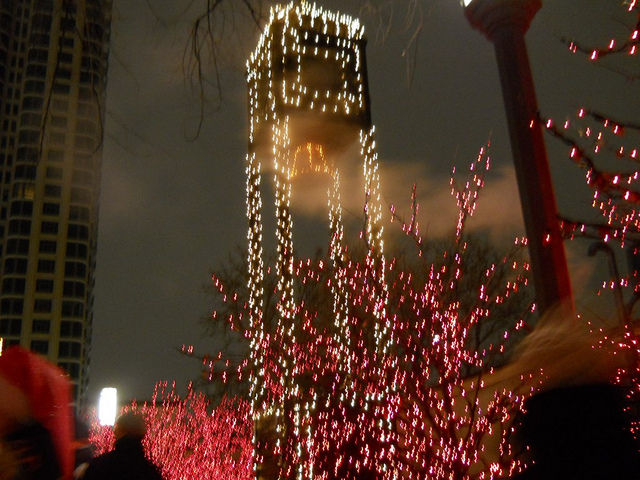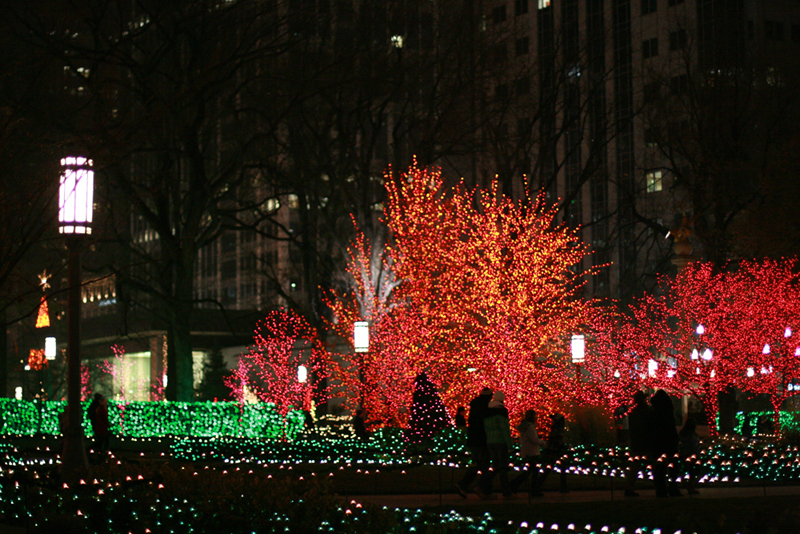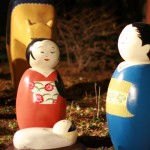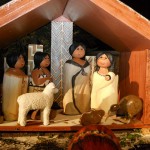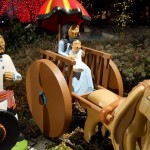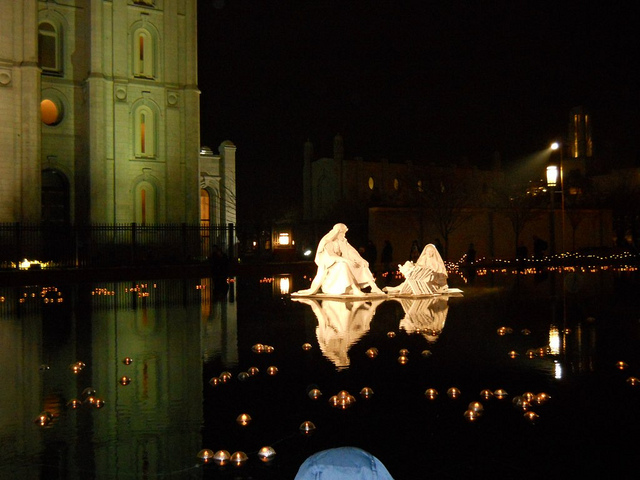Guest Post: Ruth Elayne Kongaika
On Friday, May 24, 1996, I set out on a journey to the Far East. Never having been there before, I did not know what to expect. My husband had gone ahead two weeks earlier for business. I was comforted to know that he would be there waiting for me in Hong Kong.
I traveled together with a group of people in my church from Laie, Hawaii. They were all going for the purpose of attending the Hong Kong LDS temple dedication. My husband and I would attend the dedication, but spend the rest of our time away from the group exploring Hong Kong.
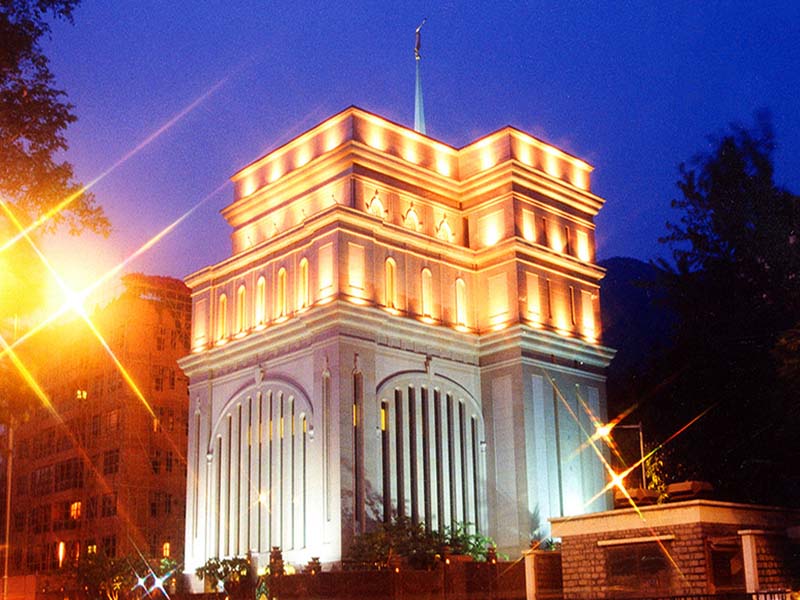 My daughter dropped me off at the Honolulu airport to pick up a flight on China Airlines. I sat by an older couple and next to the toilet. It was hard for me to rest because of all the passengers making their way to relieve themselves. When I tried to start up a conversation with the elderly man beside me, he told me that he was hard of hearing. I spent the majority of the flight reading my Reader’s Digest and any other reading material I could find. I dozed on and off a couple of times and watched the movie “Sabrina” with Chinese subtitles appearing across the bottom of the screen.
My daughter dropped me off at the Honolulu airport to pick up a flight on China Airlines. I sat by an older couple and next to the toilet. It was hard for me to rest because of all the passengers making their way to relieve themselves. When I tried to start up a conversation with the elderly man beside me, he told me that he was hard of hearing. I spent the majority of the flight reading my Reader’s Digest and any other reading material I could find. I dozed on and off a couple of times and watched the movie “Sabrina” with Chinese subtitles appearing across the bottom of the screen.
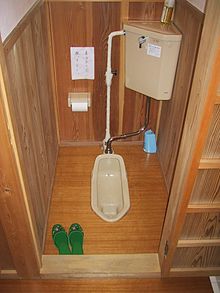 The jet took us to Tokyo, Japan for our first layover. We had flown for eight hours. My first time in Japan, and all I got to see was the airport. We were there for nearly an hour. I located a toilet facility and there were two stalls. One had a conventional toilet, although it was child sized. The other stall had a Japanese toilet, which was just a hole in the floor. You were required to squat down to use it. This was my first experience with this sort of convenience.
The jet took us to Tokyo, Japan for our first layover. We had flown for eight hours. My first time in Japan, and all I got to see was the airport. We were there for nearly an hour. I located a toilet facility and there were two stalls. One had a conventional toilet, although it was child sized. The other stall had a Japanese toilet, which was just a hole in the floor. You were required to squat down to use it. This was my first experience with this sort of convenience.
I spoke to my husband on the phone and he told me “don’t be scared”, which left me wondering what there was to be scared of. Again, we boarded an airplane and were headed for Taipei, Taiwan, where we would have a longer layover. Right after our take off, we were able to see Mt. Fuji on the right side of the plane. It was very majestic and snow covered. We were served attractively prepared Japanese food, but I ate very little as it smelled unfamiliar. We arrived in Taipei three hours later and we got to know the airport very well.
We gained five hours, but lost a day on our trip. The sky was very dark as we made our final approach into Hong Kong. There was quite a storm, rainy and windy, and there was a great deal of turbulence. I became alarmed and started praying that we would be able to make it. I was sitting by a lady from Hong Kong told me that Hong Kong was one of the hardest airports to land at! She said that we had to land right in the middle of the big city, where there were sky scrapers all around. Just at the time she said that, I looked out the window to see tall buildings, and then the plane suddenly dropped, almost like a roller coaster ride. Then it picked up speed again, and I no longer saw the skyscrapers. I figured we were going to try to make another approach from a different direction.
To be continued……
Ruth Elayne Kongaika was raised in the mainland, USA, and has been living in the South Pacific for the past forty years. She enjoys trying to capture the beauty of the islands through her photography, painting and writing. She has a blog which shares some of her art and favorite subjects at:
email: kongaikr@byuh.edu
- See more at: http://www.euroradialyouth2016.com/travelogue/category/guest-post/ruth-elayne-kongaika/
